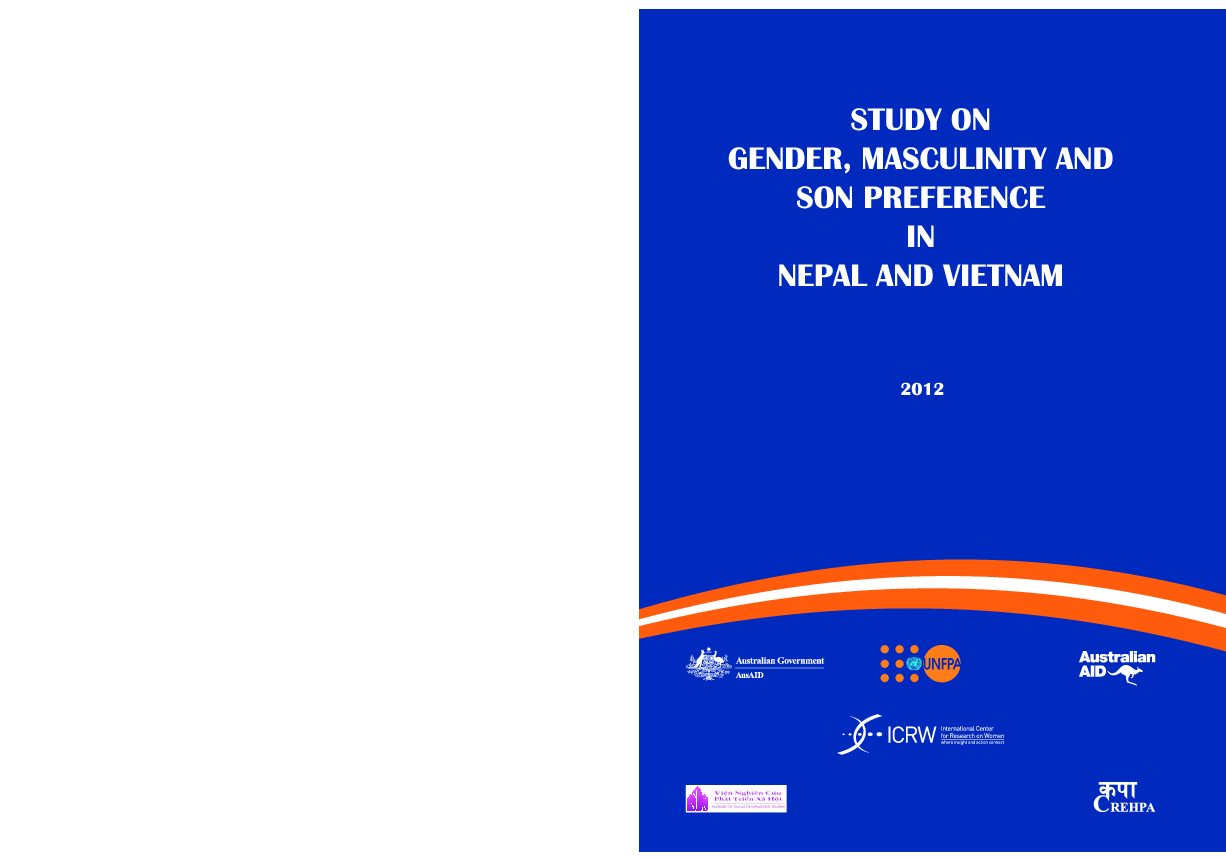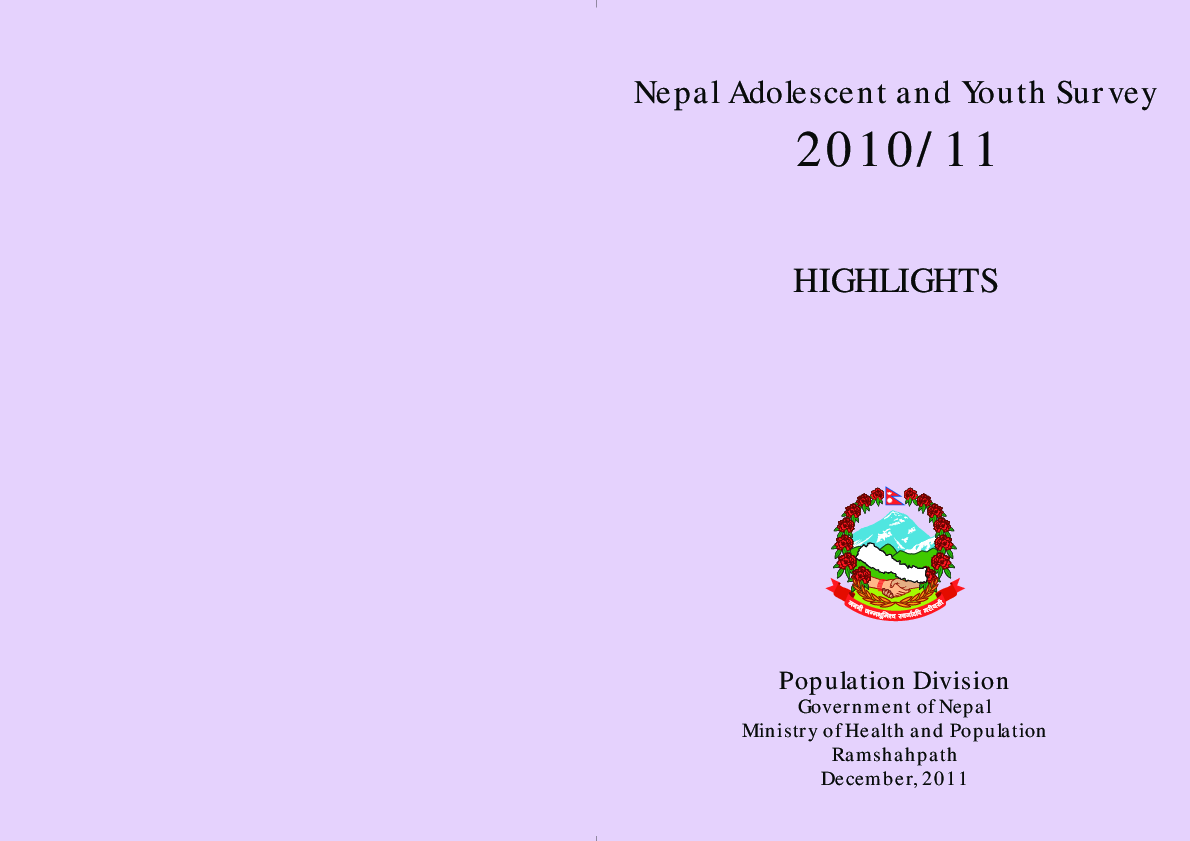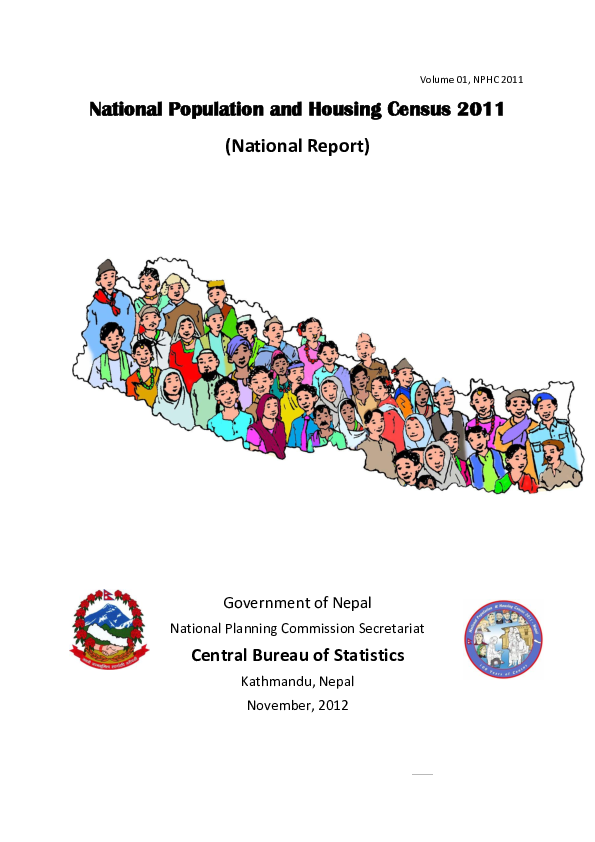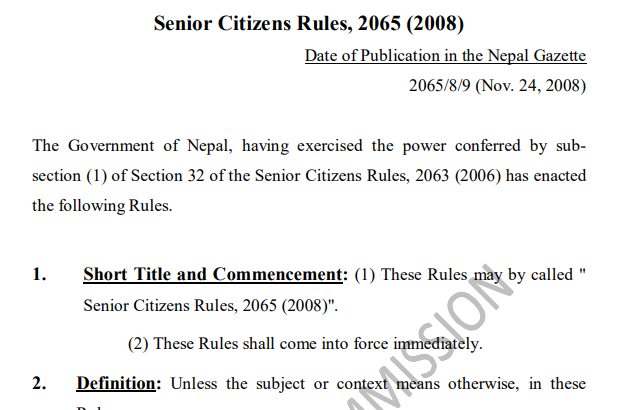You are here
New Releases

Study on Gender, Masculinity and Son Preference in Nepal and Vietnam
Strong son preference in parts of Asia has led to serious discriminatory practices towards girls and women, with disturbing effects on their status, health and development. The significant male surplus in some populations resulting from the excess of male births since 1980 has an impact on the sex ratios at birth and subsequently affected the dynamics of marriage in several regions of this continent. The lack of women available for marriage has created further discrimination through increased violence against women, trafficking, abduction, forced marriages, or sharing brides among brothers as different practices in different countries. Girls who are born also face discrimination in their lives through unequal opportunities for health care, education and fulfilling their aspirations.

Nepal Demographic and Health Survey (NDHS) 2011
The 2011 Nepal Demographic and Health Survey (NDHS) provides up-to-date information on the population and health situation in Nepal. The 2011 NDHS is the fourth national Demographic and Health Survey conducted in the country. Repeated surveys allow for an analysis of trends over time. The survey is based on a nationally representative sample. It provides estimates at the national, ecological zone, developmental region, and in some cases, subregional levels.

Nepal Adolescents and Youth Survey 2010/11 Highlights
In 2010, Ministry of Health & Population (MoHP)/Government of Nepal had commissioned a nationally representative household survey on Adolescent and Youth (NAYS). The main purpose of the survey was to generate adolescent and youth specific data that would be useful for formulating policies, plans and programme interventions related to various dimensions of adolescent and youth (A&Y) ages 10-24 years in Nepal. A selected national consulting firm, Rural and Alternative Energy Pvt. Ltd., implemented the survey for MoHP in 2010 and submitted the survey report in August 2011.

National Population and Housing Census 2011
National population and housing census 2011 (NPHC2011), marks a hundred years of census taking in Nepal. Nepal has been conducting population censuses almost decennially and the census 2011 is the eleventh. The first population census was conducted in 1911 A.D. (1968 B.S.). However, the census conducted in 1952/54 is considered to be the first modern census of Nepal introducing internationally comparable concepts, definitions and classifications. Computer processing was introduced for the first time in 1971 census using IBM 1401. NPHC 2011 carries special features of having scientific questionnaires, detailed EA maps for urban and Village Development Committees (VDC) maps for rural areas, ever most inclusive field staff, extensive publicity, independent observance by civil society, most economic operation based on domestic resources and most reliable data processing.
Campaign to End Fistula in Nepal: Report on Need Assessment for Obstetric Fistula in Nepal
Obstetric fistula is a devastating child birth injury that has been severely neglected, despite the traumatizing impact it has on the lives of affected women and girls. This Need Assessment Report, conducted by the Government of Nepal, UNFPA and WOREC, estimates that there are 200 to 400 new cases of obstetric fistula in Nepal each year, leading to some 4,300 cases. This figure is, however, only the tip of the iceberg, as most cases are unreported due the stigma associated with the condition and lack of knowledge about treatment.
Obstetric fistula was not officially recognized in Nepal until UNFPA's Campaign to End Fistula was launched in 2010. As part of the campaign, UNFPA works with the government and other stakeholders to support prevention and treatment by building the capacity of health institutions and service providers. BPKIHS has recently been designated an obstetric fistula training center.

Senior Citizens Guidelines
The Government of Nepal enacted this Senior Citizens Guidelines 2065 (2008) in line with the Senior Citizens Act 2063 (2006).

National Plan of Action for Senior Citizens
The Government of Nepal developed this Senior Citizen National Action Plan 2062 (2005) to effectively implement relevant programmes in a coordinated and integrated manner among governmental, non-governmental and autonomous agencies.